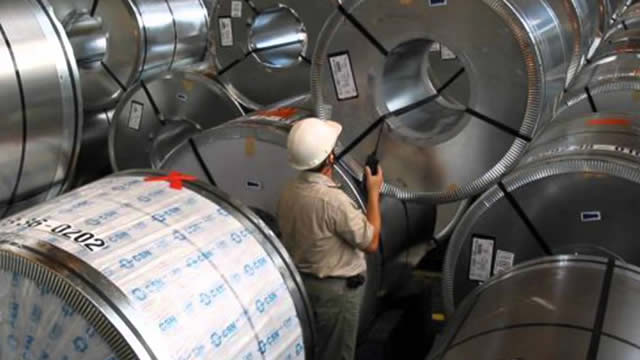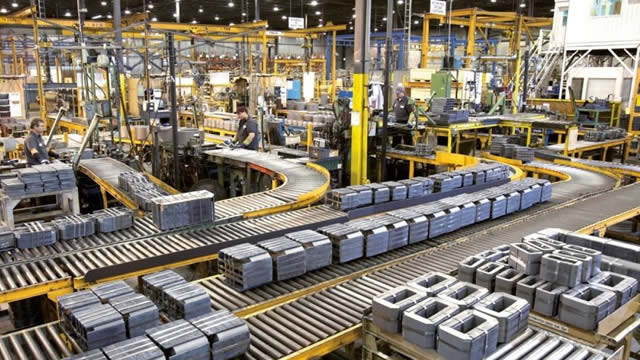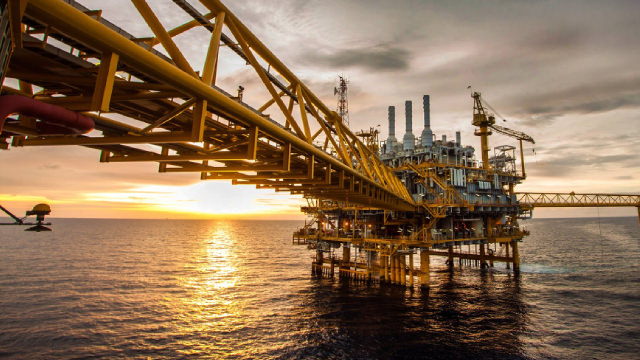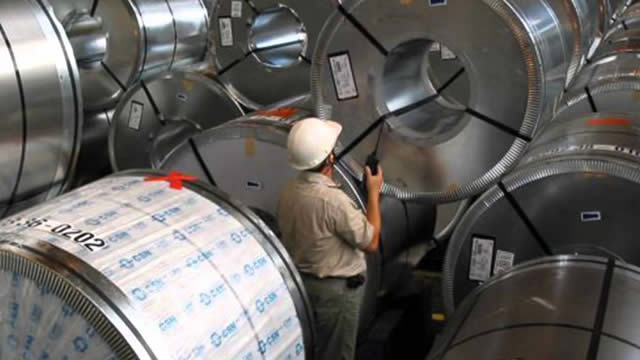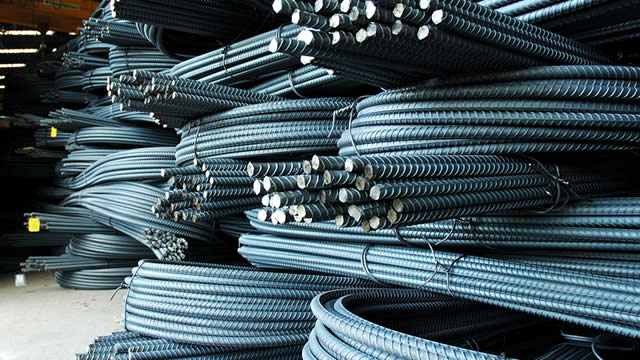CTRA Stock Recent News
CTRA LATEST HEADLINES
CTRA reverses its plans to cut rigs in the Permian, citing a stronger oil price outlook and increased confidence in market stability.
Coterra Energy Inc. (NYSE:CTRA ) 2025 J.P. Morgan Energy, Power, Renewables and Mining Conference June 24, 2025 8:00 AM ET Company Participants Thomas E.
HOUSTON--(BUSINESS WIRE)--Coterra Energy Inc. (NYSE: CTRA) (“Coterra” or the “Company”) today announced that Thomas E. Jorden, Chairman, Chief Executive Officer and President, will participate in a fireside chat at the J.P. Morgan Energy, Power, Renewables & Mining Conference. The fireside chat will begin at 8:00 AM ET on Tuesday, June 24, 2025. A live webcast of the presentation will be available on the “Events & Presentations” page under the “Investors” section of the Company's websit.
In the latest trading session, Coterra Energy (CTRA) closed at $26.70, marking a +2.14% move from the previous day.
Cabot (CTRA) reported earnings 30 days ago. What's next for the stock?
Natural gas stays flat as EIA reports higher supply, focus turns to stocks like GPOR, CTRA and AR amid mixed demand and tightening signals.
While natural gas remains under pressure, investors should continue keeping an eye on stocks such as EXE, CTRA and EE.
I have a buy rating on Coterra Energy (CTRA) due to its attractive valuation, trading at just seven times earnings with high free cash flow. Despite mixed quarterly results and strategic shifts, Coterra's impressive free cash flow generation and cost-saving measures make it a compelling investment. Key risks include weaker energy demand and potential internal negativity, but strong technical support around $22 suggests a decent chance of a bounce.
Coterra's Q1 2025 production exceeded expectations by around 2%. It has reduced its Permian capex by $150 million, while increasing its Marcellus capex by at least $50 million. This is expected to have minimal effect on its 2025 production, with the impact mainly seen starting in 2026.
CTRA's first-quarter earnings beat estimates, driven by higher oil equivalent and natural gas production volumes.
